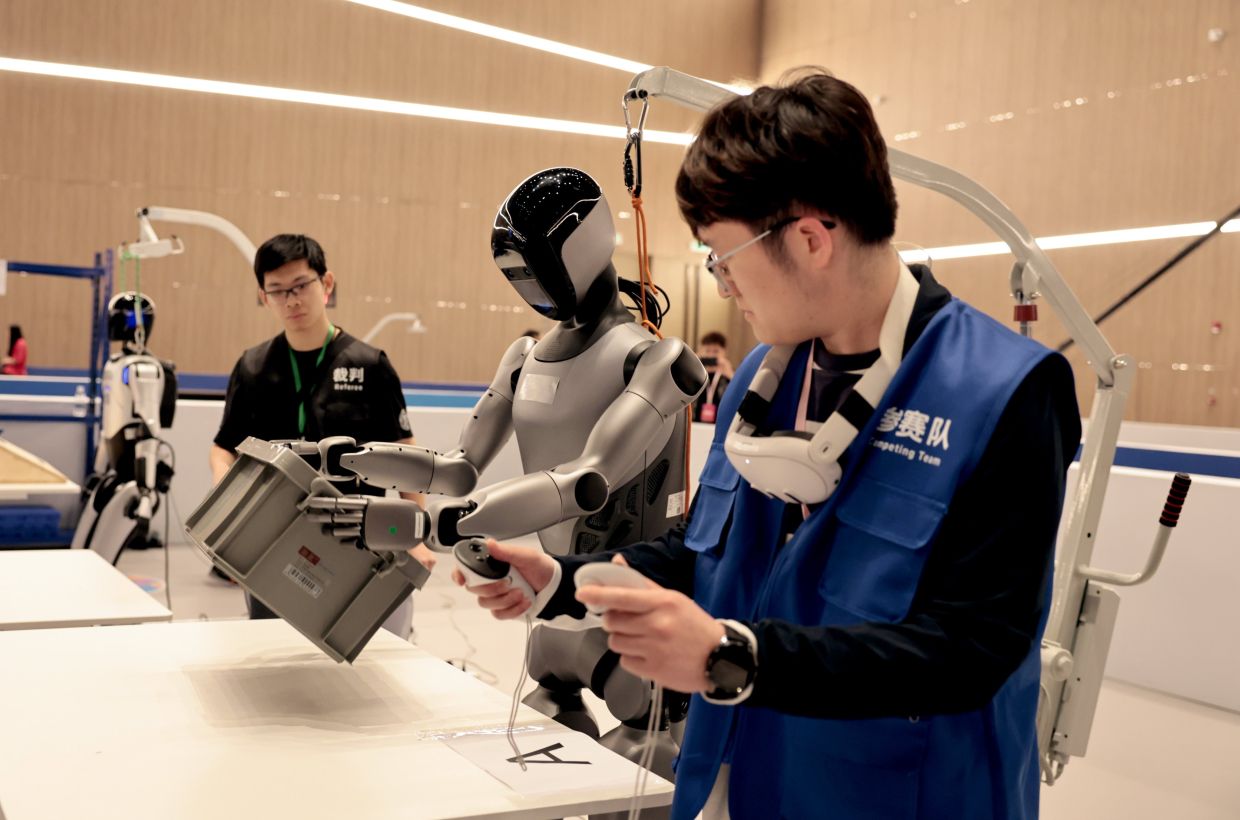
FILE PHOTO: A response by ChatGPT, an AI chatbot developed by OpenAI, is seen on its website in this illustration picture taken February 9, 2023. REUTERS/Florence Lo/Illustration/File Photo
LONDON (Reuters) - The AI Act is expected to be a landmark piece of EU legislation governing the use of artificial intelligence in Europe that has been in the works for over two years.
Lawmakers have proposed classifying different AI tools according to their perceived level of risk, from low to unacceptable. Governments and companies using these tools will have different obligations, depending on the risk level.
Unlock 30% Savings on Ad-Free Access Now!









































